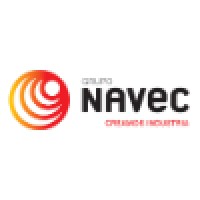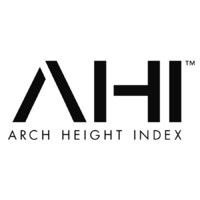
Grupo Navec
NAVEC es un Grupo Empresarial que presta la más amplia y eficaz gama de servicios para la industria, a partir de la integración de empresas consolidadas que operan en los sectores industriales, petroquímico, minero, energético, cementero, alimentario, obra civil, etc., implantadas estratégicamente, para construir el futuro con lo mejor de 30 años de experiencia. Convertimos en soluciones los desafíos de nuestros clientes con nuestras capacidades de gestión en ingeniería, fabricación, montaje y mantenimiento en el ámbito industrial, añadiendo valor al proceso. Y lo hacemos con equipos humanos autónomos, capaces de gestionar los recursos y superar las expectativas de nuestros clientes. The group is integrated by 7 companies, strategically located throughout the Iberian Peninsula. The group offers the widest range of integrated services for industrial companies established in the Iberian market. It has special knowhow in engineering, industrial assembly and erection, maintenance and high-tech tailored maintenance solutions, as well as turn key projects for the mining and cement sectors. The group is mainly focused on the petrochemical, power, cement and food sectors.






